For the past 51 years, billions of people have celebrated Earth Day around the world. With each new year, it becomes more and more clear how much we depend on a healthy planet. Every April we are reminded of just how much damage we have done to the earth, but also that the chances of recovery remain in our hands – both as individuals and as a society.
The past year since Covid-19 spread across the nation and the world have made this interdependent relationship crystal clear. Our flawed relationship with nature resulted in Covid-19 and the many zoonotic diseases before it, such as Ebola, West Nile, and Lyme disease, all of which were triggered in some way by destruction of nature and newfound exposure to species that had been previously limited.
Yet the flip side of that equation is easy to miss as we vaccinate and continue our safety precautions to get Covid-19 under control across the nation. Quite simply, the generosity of wildlife has been our greatest and most overlooked ally in nearly every aspect of our lives.
This is seen most dramatically in our fight against the pandemic. The vaccines that many of us are receiving are only possible because of an ancient animal that has turned into a modern medical marvel. The humble horseshoe crab has swum our seas since the ages before the dinosaurs, and as a result its blue blood is truly unique in the animal kingdom. The lysate in their blood is America’s only approved way to test vaccines, intravenous solutions, and injectable devices for bacterial contamination.
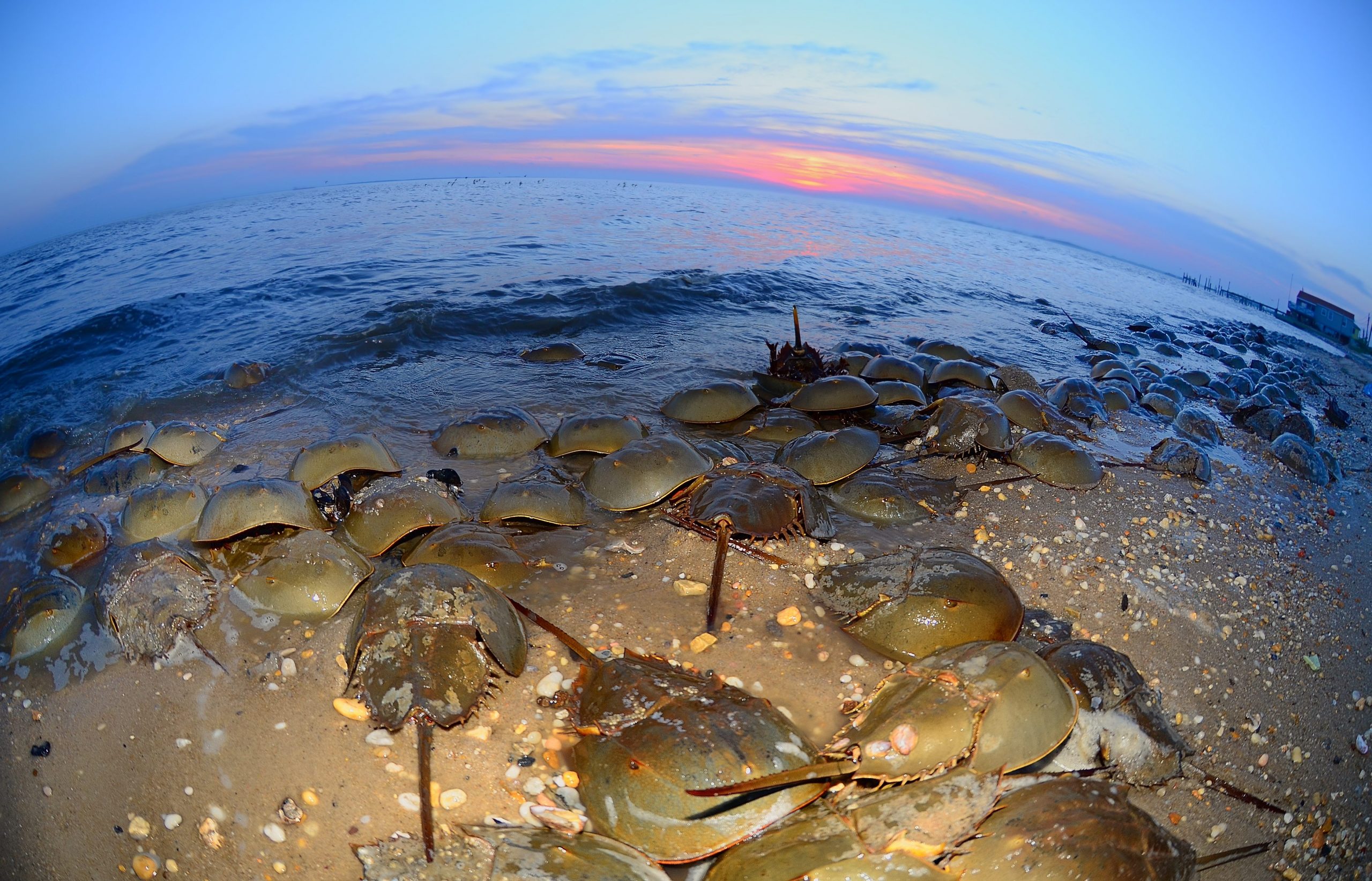
Without the horseshoe crab, over 76 million Americans would not currently be vaccinated against Covid-19!
Amazingly enough, that may not even be the greatest impact on our health. Consider pollinators like bees, butterflies, moths, beetles, and even hummingbirds. One out of every three bites of food we eat is only possible because of pollination by these animals. Your breakfast this morning – perhaps some combination of fresh fruit, cereal, orange juice, and coffee – may have been completely pollinator-fueled. Even those sausage links or other meat was indirectly made possible by insects pollinating the alfalfa and other grains that feed livestock.
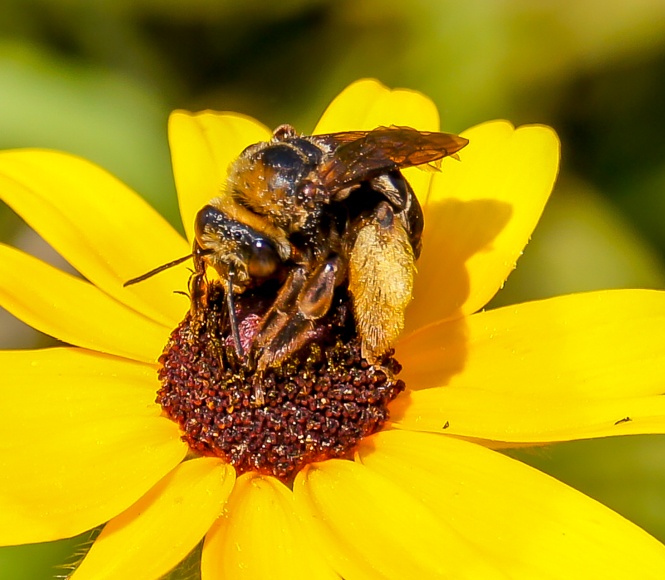
Without pollinators, our healthy diets and food systems crumble.
Beyond our own health, the health of the ecosystems around us is fortified by wildlife. The songbirds that migrate here each spring from South and Central America help keep insect numbers at a balanced level. The damage that unchecked caterpillars and adult insects could do to the native leaves, plants, and trees that make up healthy forests would be extraordinary.
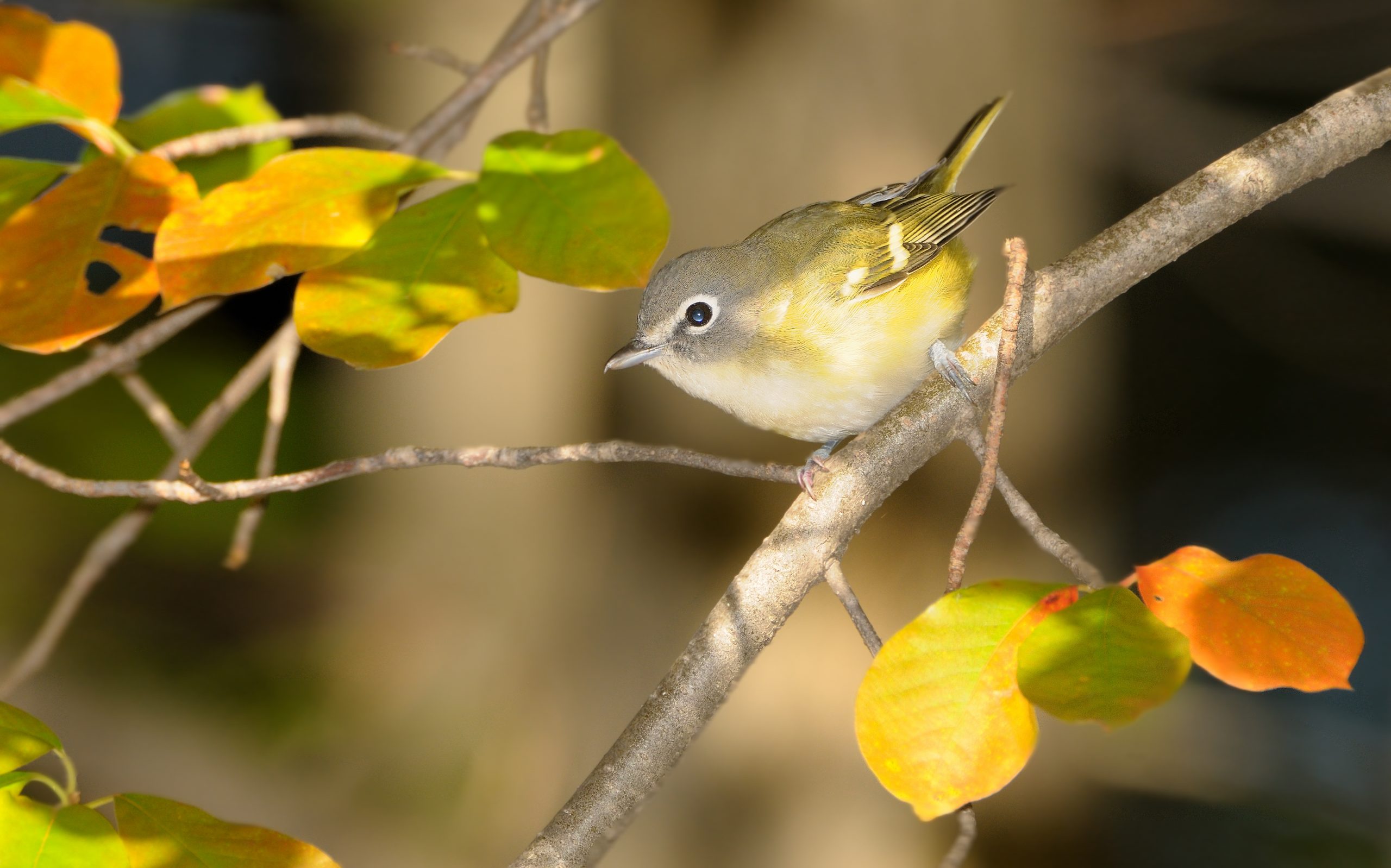
Yet perhaps nothing controls pests like bats. Each individual bat eats up to 3,000 flying insects in any given night. Remove a colony of bats, and you are unleashing a torrent of damage to agricultural crops and gardens, and indirectly impacting the health of our waterways as well. Without bats to check insect numbers, more pesticides and fertilizers would be used, ultimately running off into our rivers and lakes.
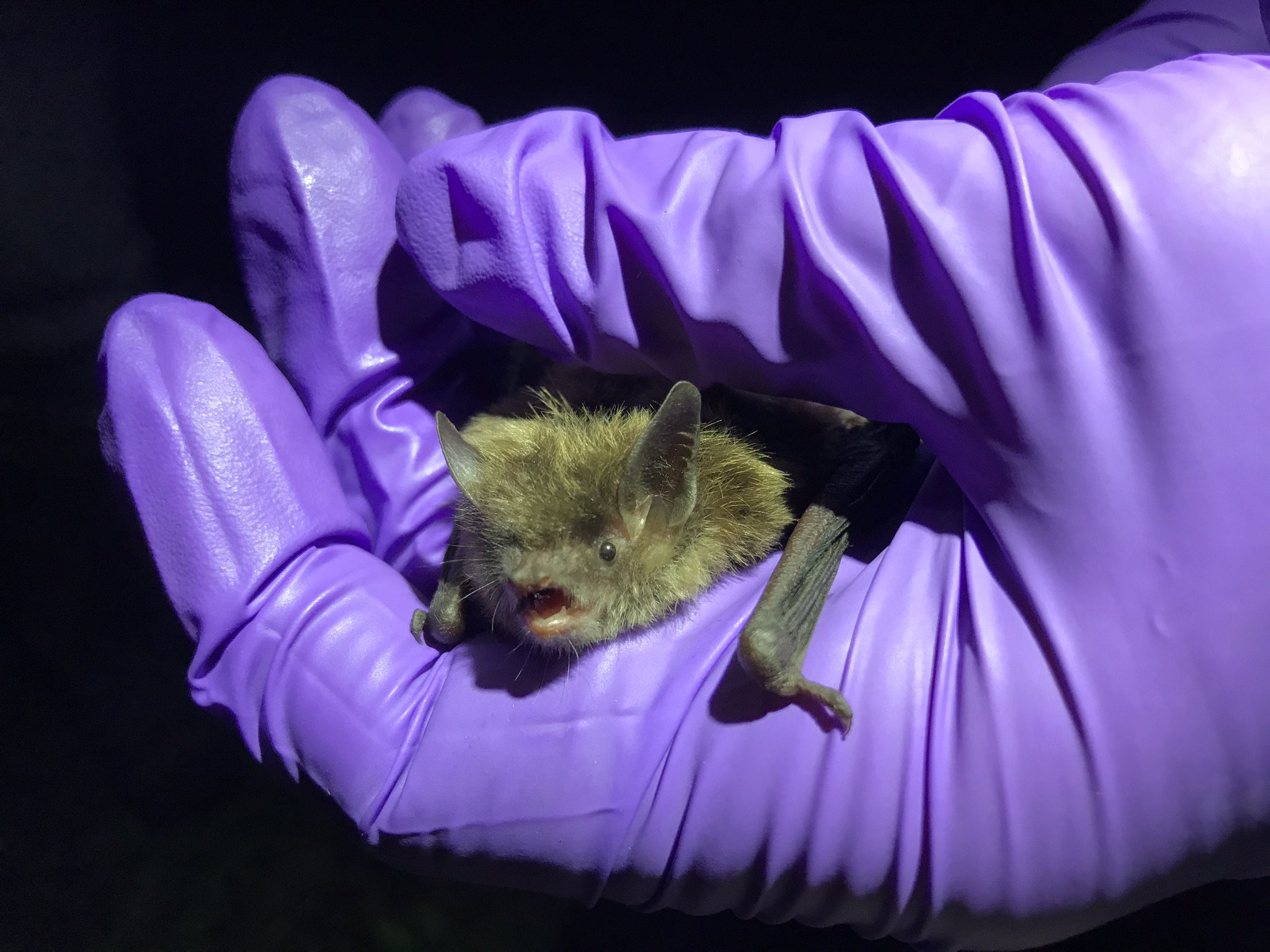
Owls, other raptors, and some mammals keep rodent numbers in balance – mice are plentiful enough that further removing their predators could overrun us with small rodents. In the seas, the dramatic reduction in sharks and other fish at the top of the food chain has thrown off the marine equilibrium in major ways around the world.
Even for those people who casually wonder why it matters if some random species goes extinct, the bottom line should give them pause. Economically, the benefits to us from wildlife and nature reach hundreds of billions of dollars each year.
One common factor with many of the beneficial species mentioned here is that they are declining or otherwise vulnerable. A key takeaway for Earth Month is that each of us can help.
Your yard is an ideal place to start. Native plants and trees offer far more ecological value to our native wildlife species than exotic plants. Bird feeders, water sources, and nesting boxes for birds and bats can provide shelter and food in challenging times. Replacing some portion of unproductive mowed lawn with a small meadow or butterfly garden would greatly benefit wildlife – and might inspire others to take a similar approach.
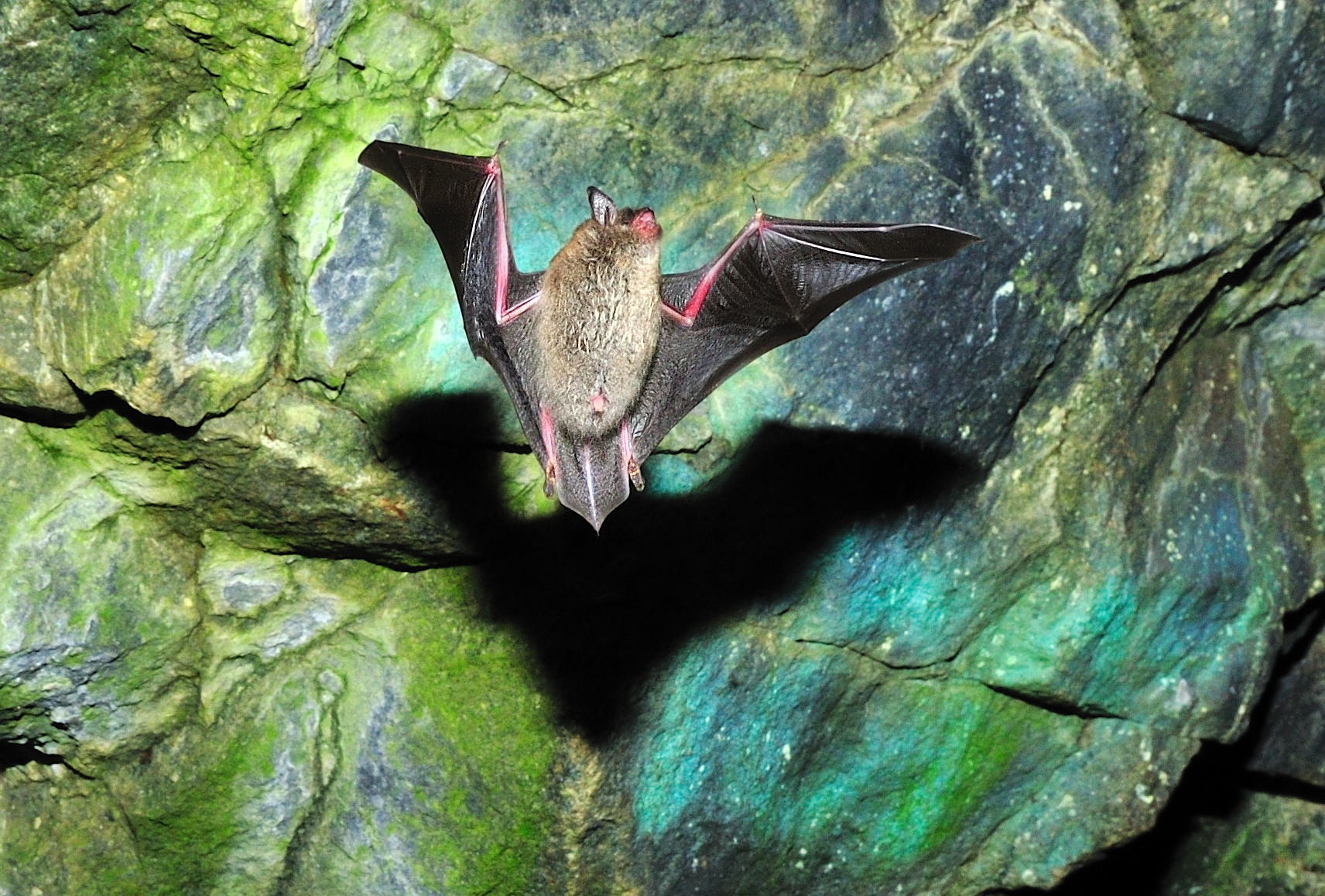
Spread the word. Improve the habitat at your corporate campus, school, church or synagogue, or community center. Advocate for stronger wildlife laws, and consider environmental issues in deciding on political candidates. Support conservation organizations through contributions or your time.
Best of all, use this Earth Month as a way to repay wildlife for all it gives us. Get outside and volunteer (where safety guidelines permit) on a planting, cleanup, or invasive plant removal. And if volunteering isn’t feasible, your yard offers an alternative. By getting outdoors this springtime, you’ll not only feel better – you’ll feel more connected to our built-in natural support system.
Happy Earth Month!

David Wheeler
Executive Director, Conserve Wildlife Foundation of New Jersey
Author of the book, Wild New Jersey: Nature Adventures in the Garden State